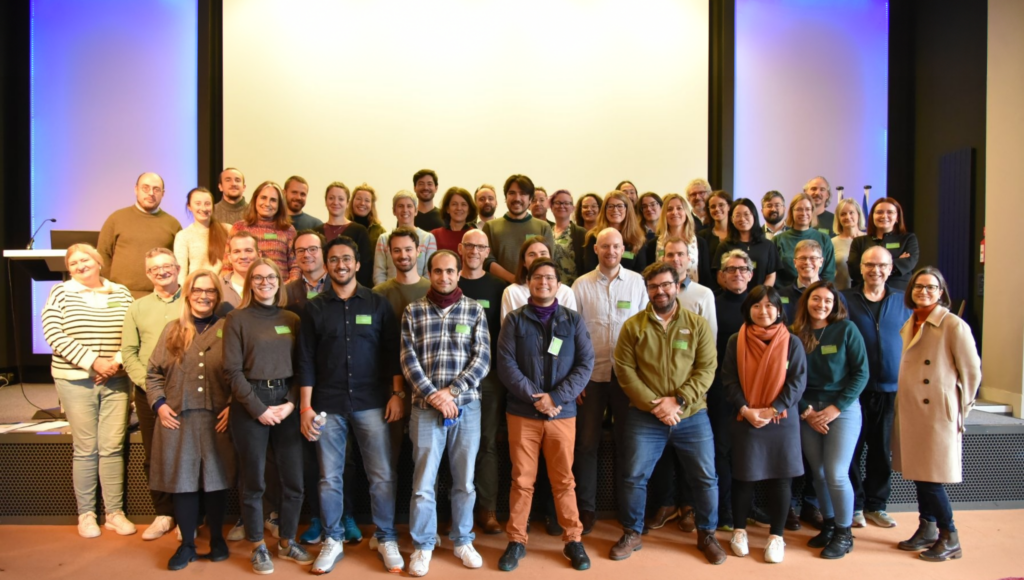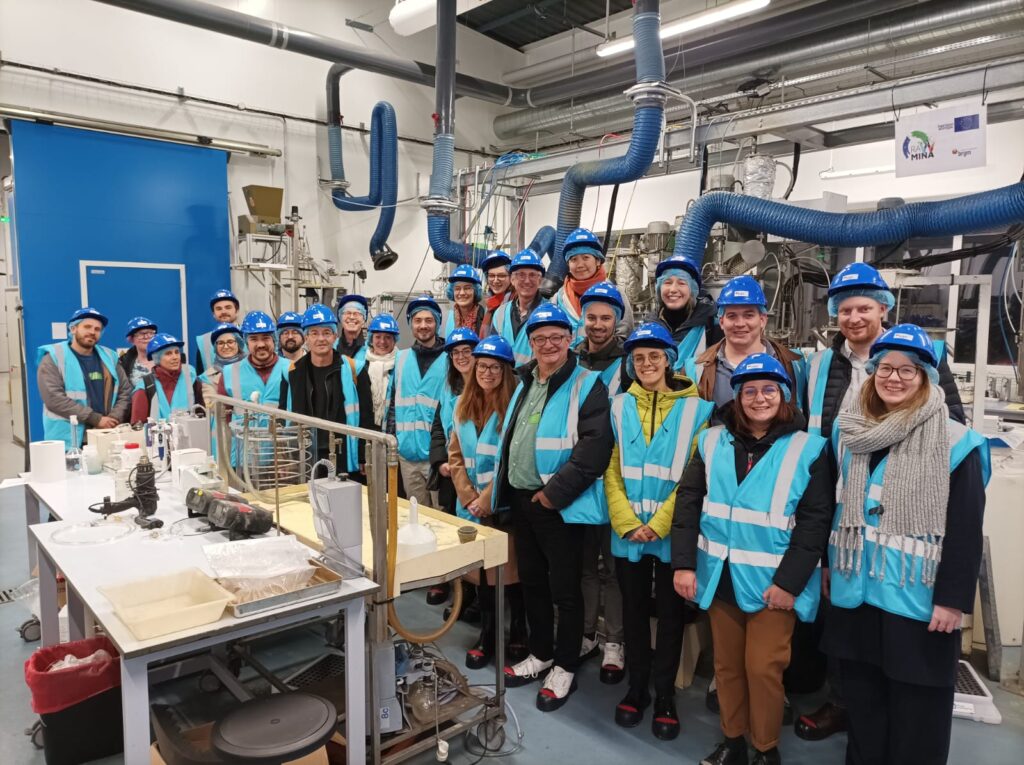
Last week, FutuRaM partners headed to Orléans for the project’s fourth meeting of the consortium. This took place at the premises of BRGM, The French Geological Survey.
Kicking-off the three-day event, Daniel Monfort, Environmental Engineer at BRGM and active contributor of the project, introduced their activities and set the tone for the rest of the meeting. Scientific project coordinator, Kees Baldé from United Nations Institute for Training and Research (UNITAR) presented a bird’s eye view on the project progress including an update on the stock and waste flow characterisation that is well underway.
Stewart C. McDowall from Universiteit Leiden raised important questions on the three scenarios FutuRaM is using to predict future flows of raw materials in use and in the waste stream: business as usual, recoverability and circularity. Partners discussed the particularities of these scenarios applied to each waste and touched upon whether EU targets will be reached, how technological advancement will influence material availability and needs, as well as whether certain consumer habits will change.
Soraya Heuss-Aßbichler, Iman Dorri, Bhagya Jayasinghe from LMU Munich – Ludwig-Maximilians-Universität München gave an overview of the progress made on developing the UNFC methodology for secondary raw materials and how this is being applied to site specific and national case studies in FutuRaM. They equally presented the first walkthrough of the UNFC webtool (not to be mistaken for FutuRaM knowledge base) which will present the UNFC based assessment of projects in a structured and consistent format that will be available for use by all practitioners.
Closing the first day, James Horne from the WEEE Forum summarised the project’s key external relationships with the European Commission and UNECE alongside influences such as the talk of the town: the CRM Act. While the Consortium was pleased to welcome Stéphane Bourg, Director of BRGM shared learnings from the SCRREEN Network and wider work on the supply of CRMs, prompting a discussion on the fundamentals of this.
Day two of the meeting begin with an introduction from Kirsten Remmen (Empa) and a workshop on the waste stream datasets, with Giulia Iattoni and Tales Yamamoto from United Nations Institute for Training and Research (UNITAR), and Nathalie Korf from Technische Universität Berlin presenting questions on data sources for the raw material stocks & flows, and composition, which culminated in FutuRaM’s researchers plotting scenarios, to 2050, for the project waste streams based on numerous different parameters.
The discussions that took place throughout the day were supplemented with an important update on data management from Matthias Roesslein of Empa. Finishing the day, participants were given a guided tour at BRGM’s technical platform for mineral processing and recycling which is at the centre of much of their research activities.

The final day of the consortium meeting included a highly anticipated update and unveiling of the prototype FutuRaM Secondary Raw Materials Knowledge Base. This has been prepared by colleagues from BRGM with the first input of data on e-waste from UNITAR. This was a significant step forward for FutuRaM, and the knowledge base will continue to be developed and refined between now and the end of the project.
In the course of three days, over 70 people participated in the meetings in person and online enabling the project to provide a comprehensive update on progress to participants, and for significant steps forward to be taken during the extensive interactive sessions.
The Consortium is looking forward to sharing more details of the preliminary results and its research methods during 2024.
